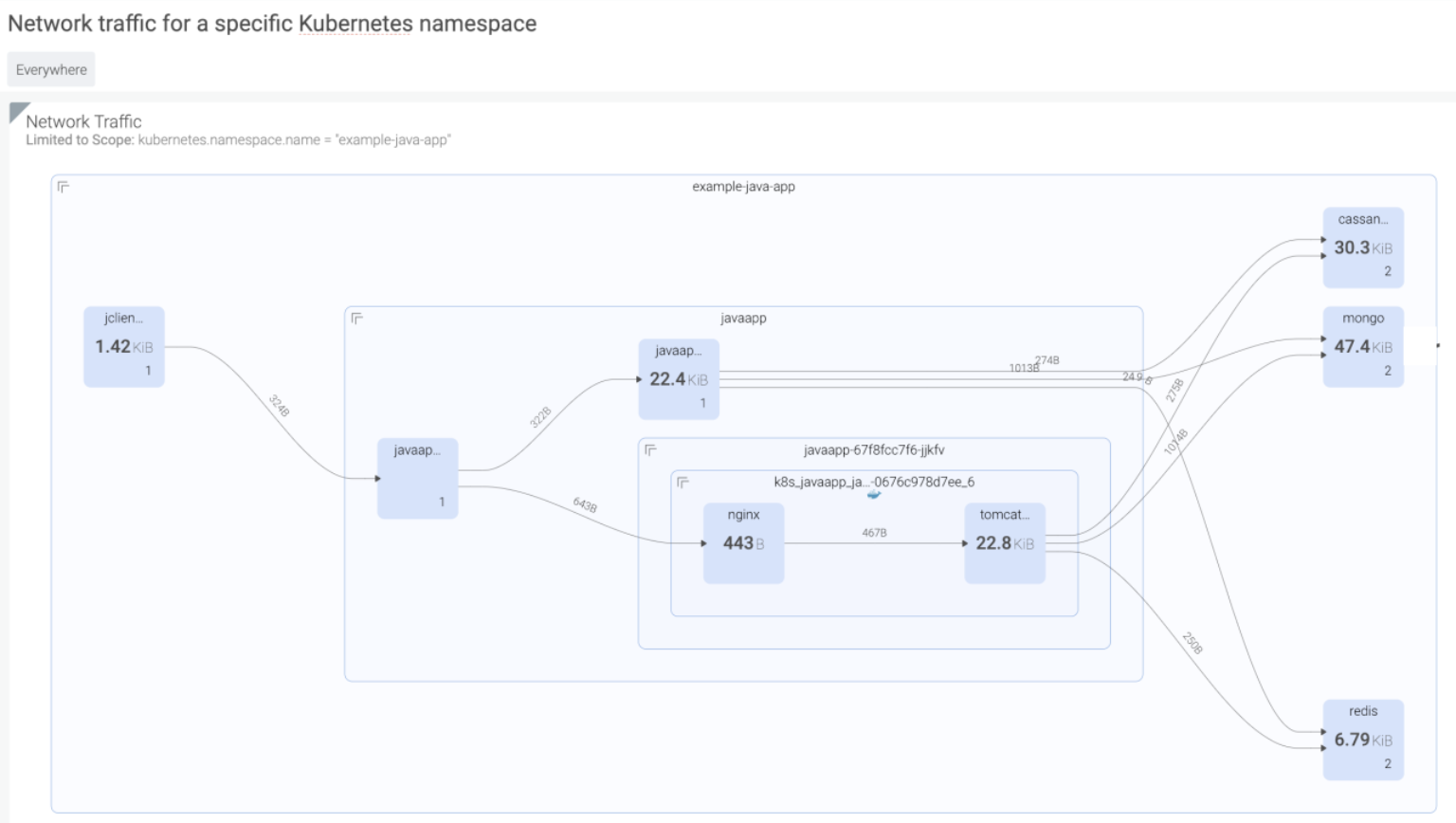In this blog, we will cover the various requirements you need to meet to achieve PCI compliance, as well as how Sysdig Secure can help you continuously validate PCI compliance for containers and Kubernetes. Learn how to meet PCI Compliance Requirements for Container and Kubernetes Environments! Click to tweet
What is PCI DSS Compliance?
Hackers are getting better at stealing credit card data, costing companies up to billions of dollars in fines every year. To prevent these types of attacks, the Payment Card Industry (PCI) security standard was created, along with a set of requirements to meet in order to mitigate risk. Many of your applications are now starting to run on containers in the cloud, where there are many more attack vectors. So how can you validate container compliance for your cloud applications?Why is PCI compliance different in containers and Kubernetes?
As applications migrate to the cloud, there are three key attributes of containerized environments that make PCI container compliance challenging:- Container sprawl
- Container lifespan
- Open-source packaging
Traditional compliance tools don’t work
Managing the process with traditional tools does not work for containers and Kubernetes; they can’t see inside containers or assess their behavior. Most container traffic is east-west in nature – versus north-south – meaning traditional security controls never see most container activity. They also don’t have relevant context about the cloud and Kubernetes environment, which means they can’t tie vulnerabilities back to applications and namespaces. Finally, these legacy tools are not built for DevOps, and are designed to be applied post application deployment.PCI compliance cost implications and consequences
Validating compliance is the number one blocker for faster application delivery. Regulators are increasingly enforcing financial penalties for failure to comply. Studies have shown that:- Annual cost of non-compliance to businesses runs an average of $14.8 million*
- The cost of compliance, on the other hand, was found to average $5.5 million*
Sysdig Secure helps you validate PCI compliance
Sysdig Secure helps you validate PCI compliance across all stages of the container and Kubernetes lifecycle, ensuring that compliance is not a blocker for cloud adoption. A few examples of how we address PCI:Out of the box policies – PCI 1.1.6 and 6.1 Requirements
Sysdig provides default PCI scanning policies and also customize policies based on the scope that is relevant to your PCI controls. These policies provide a single workflow for detecting vulnerabilities and misconfigurations in registries, containers, and Kubernetes
Kubernetes Network Topology Maps – PCI 1.1.2 Requirement
Sysdig will dynamically generate topology maps of all hosts, containers, and processes on your infrastructure and map any network connection they make inside and outside your network. These topology maps can also be customized to show the logical services and how they’re connected as well.
Asset Inventory Management – PCI 2.4 Requirement
Sysdig comes with an explore view that will give you a view of all hosts, containers, or any process grouped by metadata running on their system. They can use this table to slice and dice all system components however they choose.
Access control of cardholder data – PCI 7.1 Requirement
Sysdig analyzes the requirements of the Pod spec in your Deployment definition and creates the least privilege PSP for your application. This controls if you allow privileged pods, users to run as the container, volumes, etc
Kubernetes Audit Trail – PCI 10.1, 10.2 Requirement
Sysdig provides a continuous audit of all container infrastructure events to facilitate incident response and PCI-DSS compliance. Use this as proof of compliance for your 3rd party auditors even after the container is gone. To dig deeper into how Sysdig Secure can map and address many more PCI controls, check out some of these resources below:
To dig deeper into how Sysdig Secure can map and address many more PCI controls, check out some of these resources below:
- Download our Guide to PCI compliance for containers and Kubernetes
- Attend our webinar: PCI compliance for containers and Kubernetes.
- Sign up for Sysdig Secure free trial!


